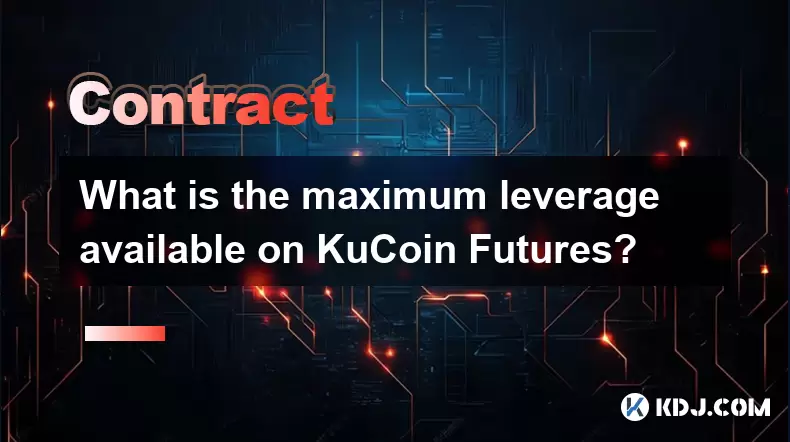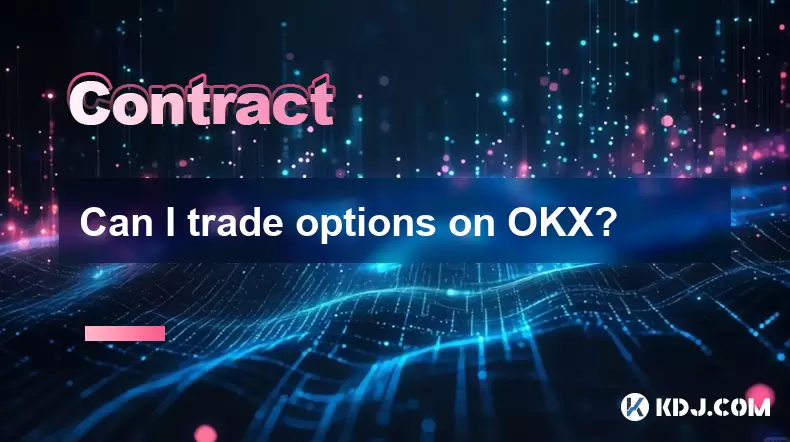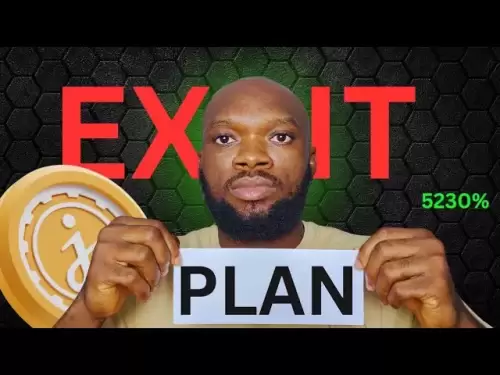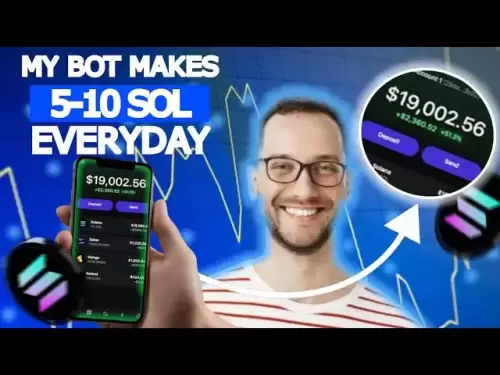-
 Bitcoin
Bitcoin $117500
2.15% -
 Ethereum
Ethereum $3911
6.19% -
 XRP
XRP $3.316
10.79% -
 Tether USDt
Tether USDt $1.000
0.01% -
 BNB
BNB $787.2
2.24% -
 Solana
Solana $175.2
4.15% -
 USDC
USDC $0.9999
0.00% -
 Dogecoin
Dogecoin $0.2225
8.40% -
 TRON
TRON $0.3383
0.28% -
 Cardano
Cardano $0.7868
6.02% -
 Stellar
Stellar $0.4382
9.34% -
 Hyperliquid
Hyperliquid $40.92
7.56% -
 Sui
Sui $3.764
7.63% -
 Chainlink
Chainlink $18.48
10.66% -
 Bitcoin Cash
Bitcoin Cash $582.1
1.88% -
 Hedera
Hedera $0.2601
6.30% -
 Avalanche
Avalanche $23.33
4.94% -
 Ethena USDe
Ethena USDe $1.001
0.02% -
 Litecoin
Litecoin $122.3
2.04% -
 UNUS SED LEO
UNUS SED LEO $8.969
-0.27% -
 Toncoin
Toncoin $3.339
0.86% -
 Shiba Inu
Shiba Inu $0.00001287
4.30% -
 Uniswap
Uniswap $10.43
7.38% -
 Polkadot
Polkadot $3.861
5.08% -
 Dai
Dai $1.000
0.02% -
 Bitget Token
Bitget Token $4.513
3.41% -
 Monero
Monero $267.7
-6.18% -
 Cronos
Cronos $0.1499
4.14% -
 Pepe
Pepe $0.00001110
5.15% -
 Aave
Aave $284.9
8.28%
What is the difference between leveraged trading and contract trading in terms of margin requirements?
Leveraged trading uses leverage ratios for margin, while contract trading bases it on contract value, impacting risk management and trading strategies.
Apr 05, 2025 at 07:01 am

Leveraged trading and contract trading are two popular methods within the cryptocurrency trading ecosystem, each with its unique approach to margin requirements. Understanding these differences is crucial for traders looking to optimize their strategies and manage risk effectively. This article delves into the nuances of margin requirements in both leveraged and contract trading, providing a comprehensive overview of how they function within the crypto market.
Understanding Leveraged Trading
Leveraged trading in the cryptocurrency space allows traders to borrow funds to increase their exposure to a particular asset. The margin requirement in leveraged trading is essentially the amount of capital a trader must hold in their account to open and maintain a leveraged position. This margin acts as collateral, protecting the broker against potential losses if the trade goes against the trader.
- Initial Margin: This is the amount of money required to open a leveraged position. For example, if you want to trade with 10x leverage, you might need to put up 10% of the total trade value as initial margin.
- Maintenance Margin: This is the minimum amount of equity that must be maintained in the trading account to keep the position open. If the account balance falls below this level, the trader will receive a margin call, requiring them to deposit more funds or close positions to meet the maintenance margin requirement.
In leveraged trading, the margin requirement can vary based on the leverage level chosen by the trader. Higher leverage means lower margin requirements but also higher risk, as small price movements can lead to significant losses.
Understanding Contract Trading
Contract trading, often referred to as futures trading in the crypto market, involves trading standardized contracts that represent an agreement to buy or sell a specific amount of an asset at a predetermined price on a specified future date. Margin requirements in contract trading are crucial as they ensure that traders can fulfill their obligations under the contract.
- Initial Margin: Similar to leveraged trading, the initial margin in contract trading is the amount of money required to open a position. However, in contract trading, this margin is often calculated based on the notional value of the contract rather than the leverage ratio.
- Maintenance Margin: This is the minimum amount of equity that must be maintained in the account to keep the contract position open. If the account balance drops below this level, the trader will face a margin call, similar to leveraged trading.
In contract trading, margin requirements can be influenced by factors such as the volatility of the underlying asset and the duration of the contract. Exchanges may adjust margin requirements to manage risk, especially during periods of high market volatility.
Key Differences in Margin Requirements
The primary difference between leveraged trading and contract trading in terms of margin requirements lies in how these requirements are calculated and applied.
- Calculation Basis: In leveraged trading, margin requirements are typically based on the leverage ratio chosen by the trader. For instance, trading with 5x leverage might require a 20% margin. In contrast, contract trading calculates margin requirements based on the notional value of the contract, which can be influenced by the asset's price and the contract's specifications.
- Flexibility: Leveraged trading often offers more flexibility in terms of leverage levels, allowing traders to choose from a range of leverage ratios. Contract trading, however, is more standardized, with margin requirements set by the exchange based on the contract's terms.
- Risk Management: Both types of trading use margin requirements to manage risk, but the approach differs. Leveraged trading focuses on the trader's ability to maintain the required margin based on their chosen leverage, while contract trading emphasizes the notional value and potential market movements affecting the contract's value.
Impact on Trading Strategies
Understanding the differences in margin requirements between leveraged and contract trading can significantly impact a trader's strategy.
- Leveraged Trading: Traders using leveraged trading might opt for higher leverage to maximize potential returns, but they must be prepared for the increased risk of margin calls and potential liquidation. Managing margin requirements effectively is crucial to maintaining open positions and avoiding forced closures.
- Contract Trading: In contract trading, traders need to be aware of how changes in the underlying asset's price can affect margin requirements. They must also consider the contract's expiration date and potential adjustments in margin requirements by the exchange. This type of trading often requires a more strategic approach to managing margin and understanding market dynamics.
Practical Examples
To illustrate the differences in margin requirements, let's consider practical examples of both leveraged and contract trading.
- Leveraged Trading Example: Suppose a trader wants to buy $10,000 worth of Bitcoin with 10x leverage. The initial margin requirement would be $1,000 (10% of $10,000). If the price of Bitcoin moves against the trader and the account balance falls below the maintenance margin, the trader will receive a margin call to deposit more funds or close the position.
- Contract Trading Example: A trader enters into a futures contract to buy 1 Bitcoin at $50,000 in three months. The initial margin requirement might be set at 5% of the notional value, which is $2,500. If the price of Bitcoin fluctuates significantly, the exchange might adjust the maintenance margin, requiring the trader to maintain a higher balance to keep the position open.
Margin Calls and Liquidation
Both leveraged and contract trading involve the risk of margin calls and potential liquidation if margin requirements are not met. However, the mechanisms and implications can differ.
- Margin Calls in Leveraged Trading: If the account balance falls below the maintenance margin, the trader will receive a margin call. They must deposit additional funds or close positions to meet the requirement. Failure to do so can lead to the broker liquidating the position to cover losses.
- Margin Calls in Contract Trading: Similar to leveraged trading, a margin call in contract trading requires the trader to add funds or close positions. However, the timing and frequency of margin calls can be influenced by the contract's terms and the exchange's policies. Liquidation can occur if the trader fails to meet the margin call, potentially resulting in significant losses.
Regulatory Considerations
Regulatory frameworks can also impact margin requirements in both leveraged and contract trading. Different jurisdictions may have varying rules regarding leverage limits, margin requirements, and trader protections.
- Leveraged Trading Regulations: Some countries impose strict limits on the maximum leverage available to retail traders, aiming to reduce the risk of significant losses. These regulations can directly affect the margin requirements traders must meet.
- Contract Trading Regulations: Futures contracts are often subject to regulatory oversight, which can influence margin requirements. Exchanges must comply with these regulations, which may lead to adjustments in margin requirements based on market conditions and regulatory directives.
Choosing Between Leveraged and Contract Trading
When deciding between leveraged and contract trading, traders should consider their risk tolerance, trading goals, and understanding of margin requirements.
- Risk Tolerance: Leveraged trading can offer higher potential returns but comes with increased risk due to higher leverage. Contract trading might be more suitable for traders who prefer a more structured approach and are comfortable with the standardized nature of futures contracts.
- Trading Goals: If a trader aims to speculate on short-term price movements, leveraged trading might be more appealing. For those looking to hedge positions or engage in longer-term strategies, contract trading could be more appropriate.
- Understanding Margin Requirements: A thorough understanding of how margin requirements work in both types of trading is essential. Traders must be prepared to manage their accounts actively to meet these requirements and avoid margin calls and liquidation.
Common Questions Related to Leveraged and Contract Trading Margin Requirements
Q: What is the initial margin in leveraged trading?
A: The initial margin in leveraged trading is the amount of money required to open a leveraged position. It is typically a percentage of the total trade value, determined by the chosen leverage ratio. For example, trading with 10x leverage might require an initial margin of 10% of the trade value.
Q: How does the maintenance margin work in contract trading?
A: In contract trading, the maintenance margin is the minimum amount of equity that must be maintained in the trading account to keep the contract position open. If the account balance falls below this level, the trader will receive a margin call, requiring them to deposit more funds or close positions to meet the maintenance margin requirement.
Q: Can margin requirements change in contract trading?
A: Yes, margin requirements in contract trading can change based on factors such as the volatility of the underlying asset and the duration of the contract. Exchanges may adjust margin requirements to manage risk, especially during periods of high market volatility.
Q: What happens if I fail to meet a margin call in leveraged trading?
A: If you fail to meet a margin call in leveraged trading, the broker may liquidate your position to cover potential losses. This can result in significant financial losses, so it's crucial to manage your account balance and meet margin requirements promptly.
Q: How do regulatory frameworks impact margin requirements in both types of trading?
A: Regulatory frameworks can impose limits on leverage and margin requirements, affecting both leveraged and contract trading. Different jurisdictions may have varying rules, which can influence the maximum leverage available and the margin requirements traders must meet.
Disclaimer:info@kdj.com
The information provided is not trading advice. kdj.com does not assume any responsibility for any investments made based on the information provided in this article. Cryptocurrencies are highly volatile and it is highly recommended that you invest with caution after thorough research!
If you believe that the content used on this website infringes your copyright, please contact us immediately (info@kdj.com) and we will delete it promptly.
- Ethereum, Staking Yields, and DeFi Exposure: A New Era for Investors?
- 2025-08-08 15:10:12
- Unilabs Pumps MIA, Binance Coin Bouncing Back, and Ethereum's Bearish Blues
- 2025-08-08 15:10:12
- Ethereum's Wyckoff Markup and Market Rotation: A New Era?
- 2025-08-08 15:30:12
- Ethereum, Vitalik Buterin, and the Overleveraged Game: A Balancing Act
- 2025-08-08 15:30:12
- Ethereum, Corporate Treasuries, and Vitalik Buterin: A New Era for ETH?
- 2025-08-08 15:36:08
- BNB Price, Binance Staking, and SEC Concerns: What's the Deal?
- 2025-08-08 15:36:08
Related knowledge

What is the distinction between mark price and last price on KuCoin?
Aug 08,2025 at 01:58pm
Understanding the Basics of Price in Cryptocurrency TradingIn cryptocurrency exchanges like KuCoin, two key price indicators frequently appear on trad...

What are the specific maker and taker fees on KuCoin Futures?
Aug 08,2025 at 08:28am
Understanding Maker and Taker Fees on KuCoin FuturesWhen trading on KuCoin Futures, users encounter two primary types of fees: maker fees and taker fe...

What is the maximum leverage available on KuCoin Futures?
Aug 08,2025 at 10:21am
Understanding Leverage in KuCoin Futures TradingLeverage in KuCoin Futures allows traders to control a larger position size using a smaller amount of ...

What is the minimum deposit for OKX contracts?
Aug 08,2025 at 07:00am
Understanding OKX Contract Trading BasicsOKX is one of the leading cryptocurrency derivatives exchanges, offering a wide range of perpetual and future...

Where can I find the OKX trading calculator?
Aug 08,2025 at 07:49am
Understanding the OKX Trading Calculator FunctionalityThe OKX trading calculator is a powerful analytical tool designed to assist traders in estimatin...

Can I trade options on OKX?
Aug 08,2025 at 11:01am
Understanding Options Trading on OKXYes, you can trade options on OKX. OKX is one of the leading cryptocurrency derivatives exchanges that offers a de...

What is the distinction between mark price and last price on KuCoin?
Aug 08,2025 at 01:58pm
Understanding the Basics of Price in Cryptocurrency TradingIn cryptocurrency exchanges like KuCoin, two key price indicators frequently appear on trad...

What are the specific maker and taker fees on KuCoin Futures?
Aug 08,2025 at 08:28am
Understanding Maker and Taker Fees on KuCoin FuturesWhen trading on KuCoin Futures, users encounter two primary types of fees: maker fees and taker fe...

What is the maximum leverage available on KuCoin Futures?
Aug 08,2025 at 10:21am
Understanding Leverage in KuCoin Futures TradingLeverage in KuCoin Futures allows traders to control a larger position size using a smaller amount of ...

What is the minimum deposit for OKX contracts?
Aug 08,2025 at 07:00am
Understanding OKX Contract Trading BasicsOKX is one of the leading cryptocurrency derivatives exchanges, offering a wide range of perpetual and future...

Where can I find the OKX trading calculator?
Aug 08,2025 at 07:49am
Understanding the OKX Trading Calculator FunctionalityThe OKX trading calculator is a powerful analytical tool designed to assist traders in estimatin...

Can I trade options on OKX?
Aug 08,2025 at 11:01am
Understanding Options Trading on OKXYes, you can trade options on OKX. OKX is one of the leading cryptocurrency derivatives exchanges that offers a de...
See all articles

























































































